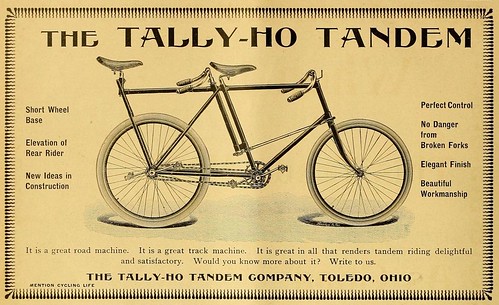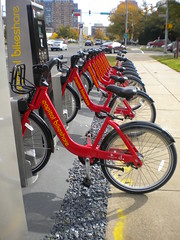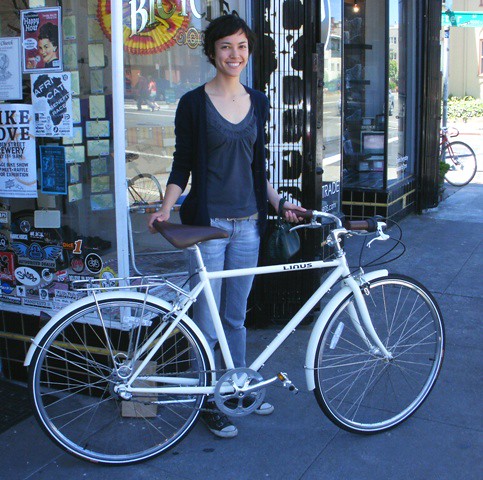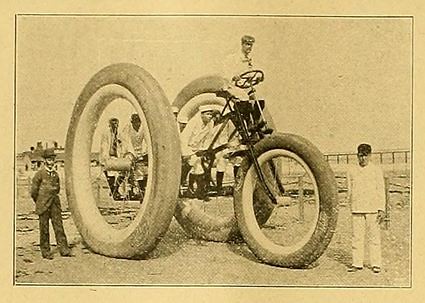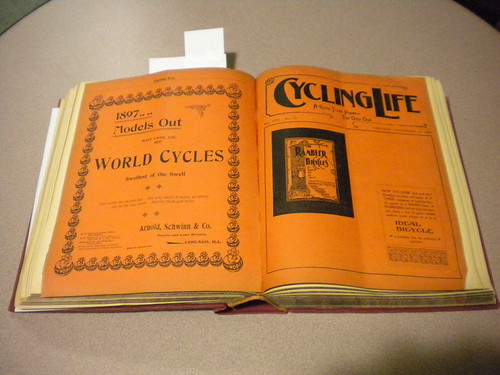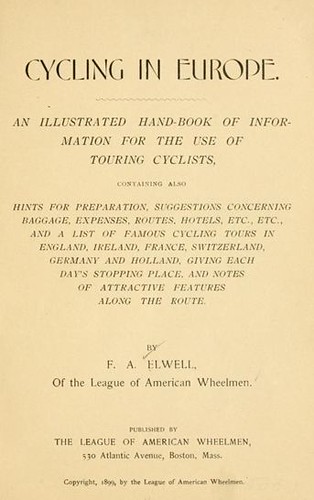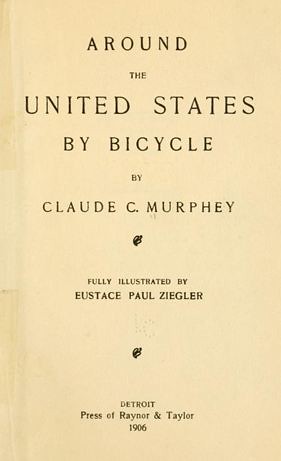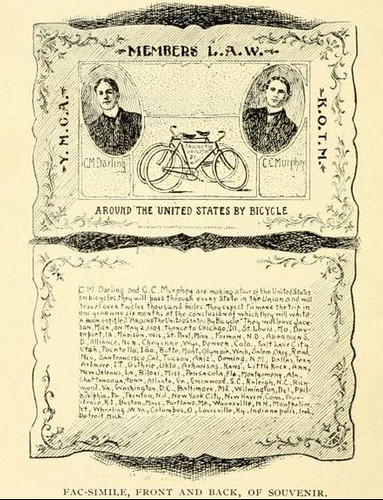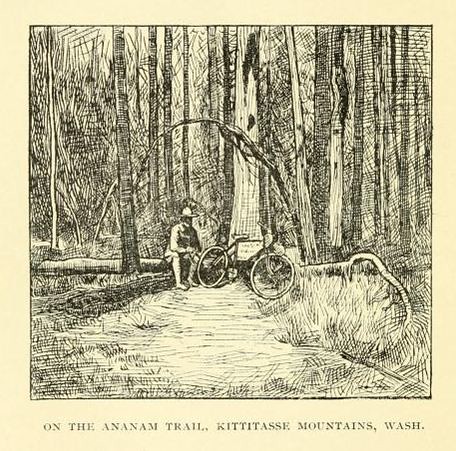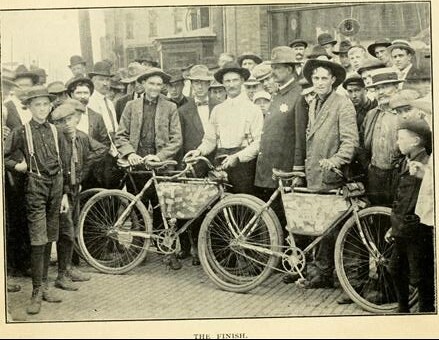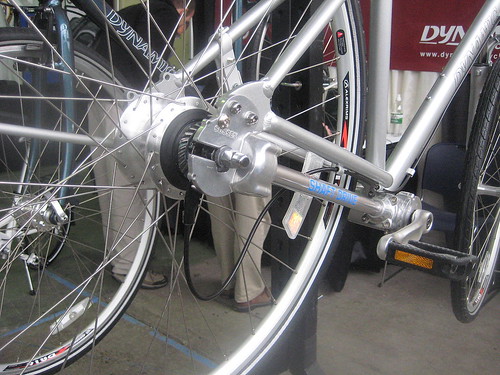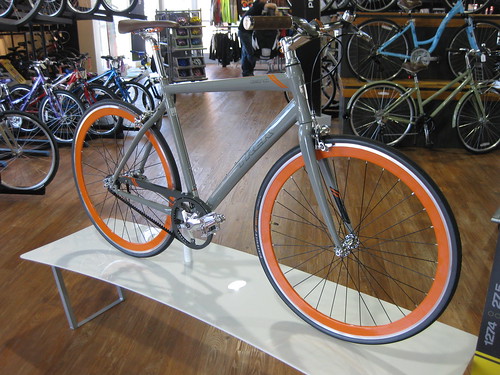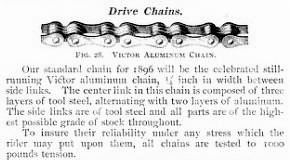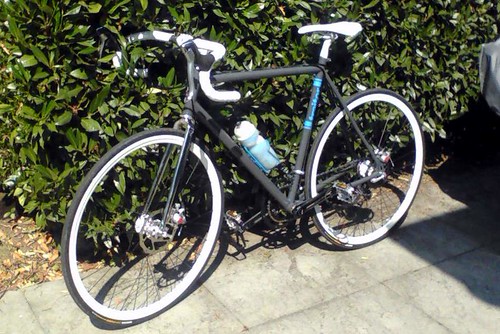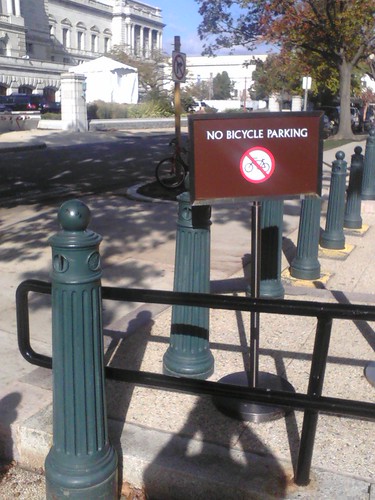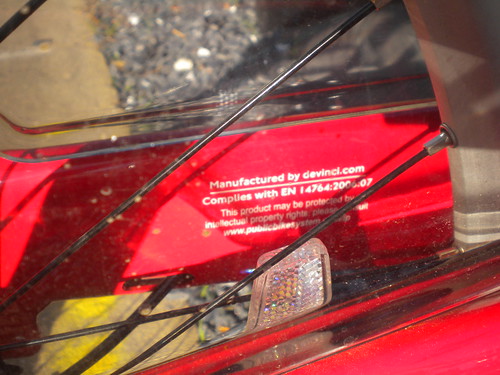It's all about layering. That, and keeping the fingers and toes warm. Keeping in mind that it doesn't get below 20 (F) here much.
Critical piecesWarm riding gloves - solution: Pearl Izumi "lobster" gloves

These are relatively pricey at something over 50 bucks but if you want to ride in cold weather, essential. There is nothing worse than riding at a reasonable pace and feeling your fingers turning to ice.
Warm riding shoes - solution:
Shimano SH-RW80 Gore-Tex Cold Weather Road Shoes
Well, I didn't pay $229 for them!! But something like $150, yeah.
Shimano's cold and wet weather road shoe with Gore-Tex and Dual Thermal lining to provide warmth and dryness.
The good part: they are a road shoe that has the intent to keep your feet warm - typical road shoes are vented in many ways, often including holes in the soles. So yes, these are a cold weather road shoe. Also, the soles are just plastic but seem pretty stiff.
The not-so-good part. "wet weather shoe??" The shoes have GoreTex, apparently lining the inside. I don't see this does the slightest good - the shoes take in water just as fast as any other road shoe but since they are so built up, they dry out more slowly. So the wet weather role advertised is baloney, basically. But I eventually concluded that no shoes or shoes+waterproof shoe covers do this well, so I find their advertising puzzling but consider the shoes to do as good a job as is possible.
(As far as I can tell, riding in medium-to-heavy rain at a reasonable speed and avoiding getting your feet wet is impossible. I have some rubber shoe covers from Adidas and even though they have tight grippers at the ankles, water works its way down and into the shoes so that eventually my feet are completely soaked - upon arrival after a 40 minute ride I can wring out quite a bit of water from the socks. It's more like a diving wet suit - the water accumulates slowly enough in the shoe that my feet stay warm. This is not exactly how such rubber booties are advertised, however.)
I also use some neoprene half-length shoe covers over the winter shoes, particularly if it has been raining recently. These keep mud etc off the shoes.
Before I had these shoes, I used regular road shoes with zip-up in back neoprene shoe covers. Yeah, these are much less costly but they are not very durable over time and they don't do the job nearly as well.
Mostly I try not to spend lots of money on bike clothes, but for riding in winter I finally decided that having the right equipment is worth a few bucks. Low cost alternatives don't even exist for these products - but end of season sales do.
OK, one other ingredient is a good wind breaker to wear over layers. I bought one made by Cannondale ten years ago that I am still using - at the time it was like 50 bucks down from 80 because they were out of the sensible high visibility yellow - the one I have is blue (not very high visibility). It has a very high thread count, I guess, anyway it is light but wind doesn't go through it. It has side zip vents that are nice when it turns out to be more than is wanted but I don't feel like stopping and taking it off.
Yeah and I guess in addition to a pair of simple basic tights that work down to say freezing or a little below, I bought some true winter tights last summer (which worked well during "snowmagedon").
Performance Triflex Tights without Chamois worked really well - the front panels are windproof and apparently waterproof. The main drawback is that if it gets up to 40 degrees, say, these are really too warm.
(Before I had these, I would use polypropylene long underware under cycling tights - this feels odd and is neither windproof nor waterproof, so the winter tights are much better.)
Arrival at work in rain gear
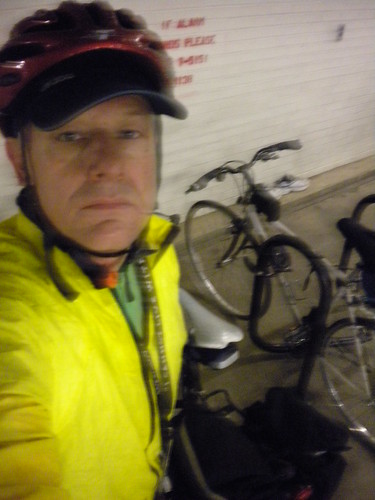
I'm mostly blocking the view of
my bike, alas. It's the one with the white saddle.
The main features of my wet weather strategy are to have a baseball cap under my helmet to keep water from sluicing down my face, which is quite annoying so I'm happy to do without, plus a lightweight waterproof jacket that I can take with me easily (and not GoreTex).
